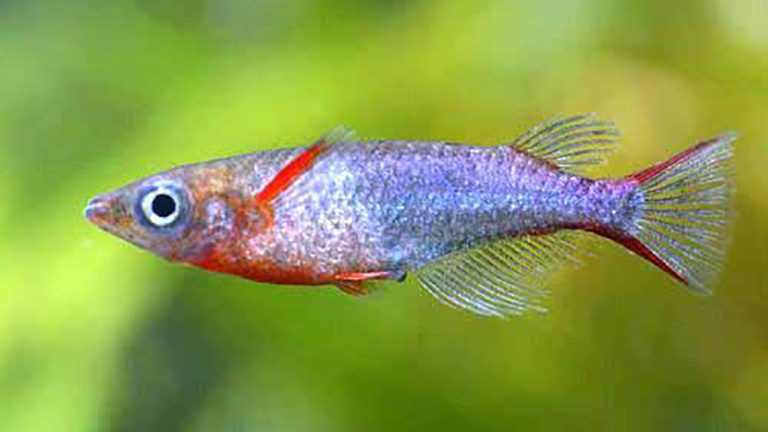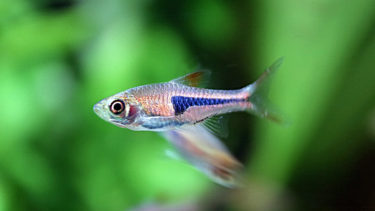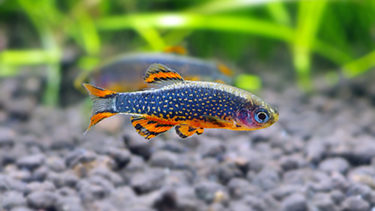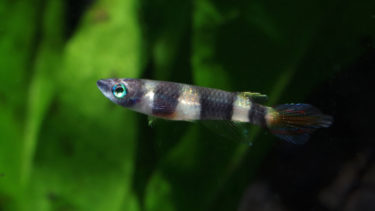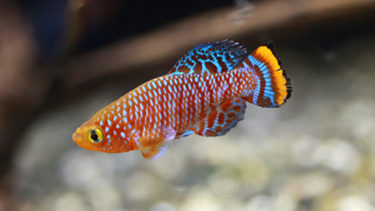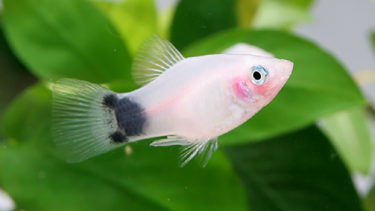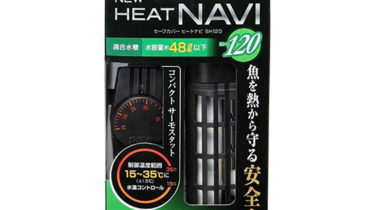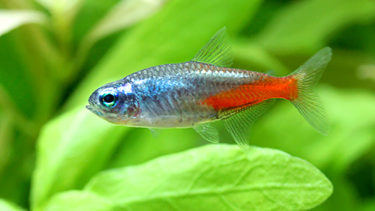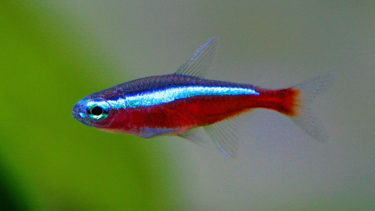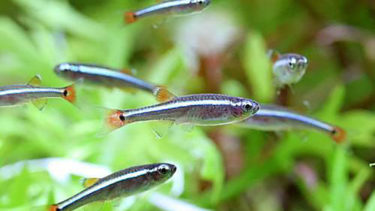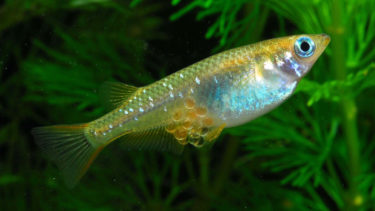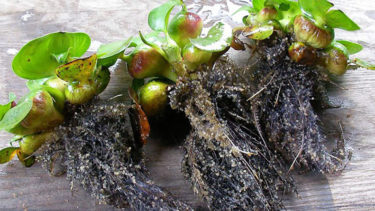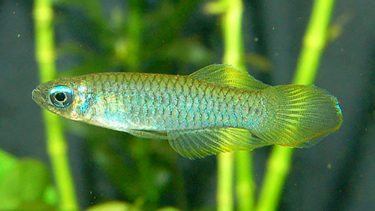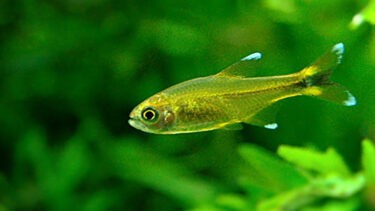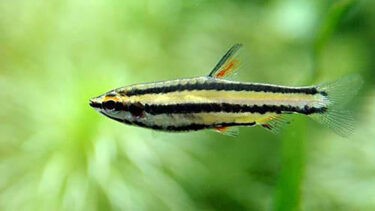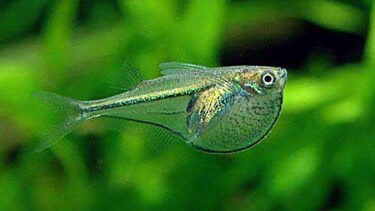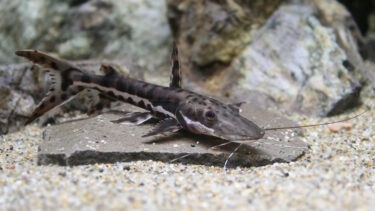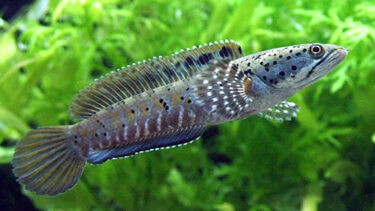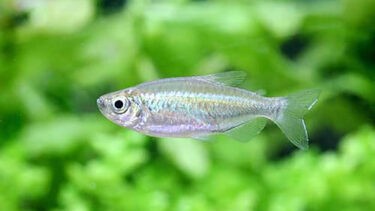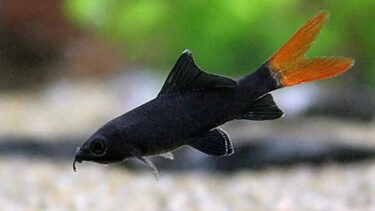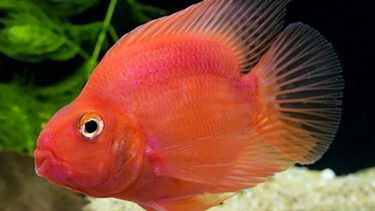Oryzias wolae is a tropical fish of the Caddisfish family, Caddisflies, and originates from the Republic of Indonesia in Southeast Asia. Its body color is metallic blue with bright orange/red on the pectoral and tail fins, and bright red from the abdomen to the throat. In this article, I would like to explain in detail the characteristics of the Oryzias wolae and how to keep it.
What is Olyzias Waworae?
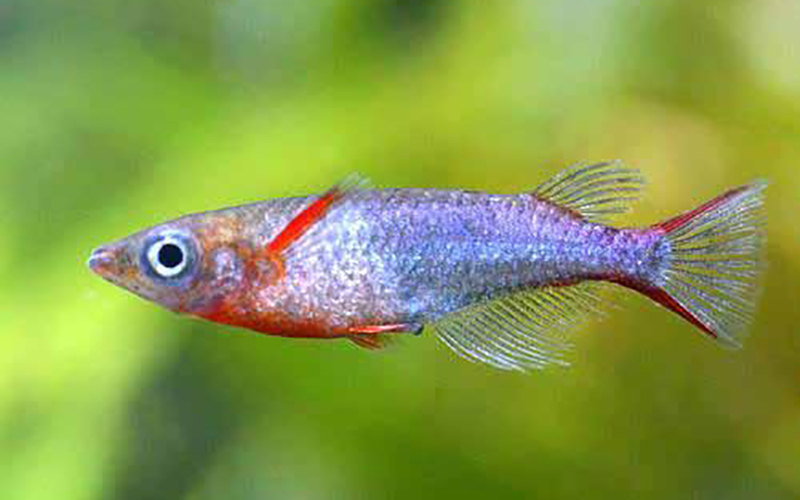
Oryzias wolae is a tropical fish in the Caddisfly family. Oryzias wolae originates from the Republic of Indonesia in Southeast Asia.The body color of Oryzias wolae is a metallic blue with bright orange/red on the pectoral fins and tail, and bright red from the abdomen to the throat. The silhouette of the Oryzias waworae is similar to that of the common killifish, but its body coloration gives it a different appeal. The Oryzias wolae is a new breed that has been distributed since around 2010.
Rasbora espeyi is a beautiful tropical fish of the Trigonostigma genus of the Carp family, Trigonidae, native to Thailand, Malaysia, and Indonesia in Southeast Asia, and characterized by its orange coloration and black patterns on the sides of its body. In this issue, we will introduce you to the Rasbora espayi [...].
The Microlasbora hanabi is a very beautiful tropical fish that is native to the Salween River in Myanmar, Southeast Asia, and belongs to the Celestictis genus of the carp family, Carpidae, with a dark blue base color and bright yellow speckled pattern. In this article, we will introduce you to the Microlas [...].
The clownkilli is a tropical fish of the Nosobranchiidae family Epiplatys, which is native to the Republic of Guinea and the Republic of Liberia in West Africa. [...]
Nosobranchius lacoby is a tropical fish of the family Nosobranchiidae Nosobranchiidae of the order Caddisfly, native to the Republic of Mozambique in southern Africa, with a body color of orange and metallic blue as a plaid pattern, with green, blue, red and o [...]
The Southern Platyfish is a tropical fish of the family Cassodiidae (Cassophoridae), genus Cassophorus, native to the United Mexican States and the Republic of Guatemala in North and Central America, with some species having a red body entirely and others having a black head and parts of the body other than the abdomen. In this article, we will discuss such sa[...].
How to keep Oryzias wolae
Oryzias wolae is an intermediate level of difficulty due to the slightly habitual nature of the variety. The lifespan of the Oryzias wolae is approximately 2 to 3 years. Its body size is approximately 4 cm. However, both lifespan and body size vary depending on the environment in which they are kept and the food they are fed. They prefer neutral to slightly alkaline water. Oryzias wolaurae are classified as a tropical fish, so if you keep them in Japan, you will need a heater in winter.Oryzias wolrae are very sensitive to water quality. They are particularly sensitive to bacteria (pathogens, etc.) and often become ill quickly if the water quality becomes unbalanced. Therefore, when breeding Oryzias wolrae, it is recommended to know that it often takes more time and effort than other breeds.
A heater is a device that maintains a constant water temperature. If you go to a specialty store that carries heaters, you will find a wide variety of types. Some people may be at a loss as to which one to choose. In this article, we would like to explain about such heaters [...]
Points to keep in mind when mixing swimmers
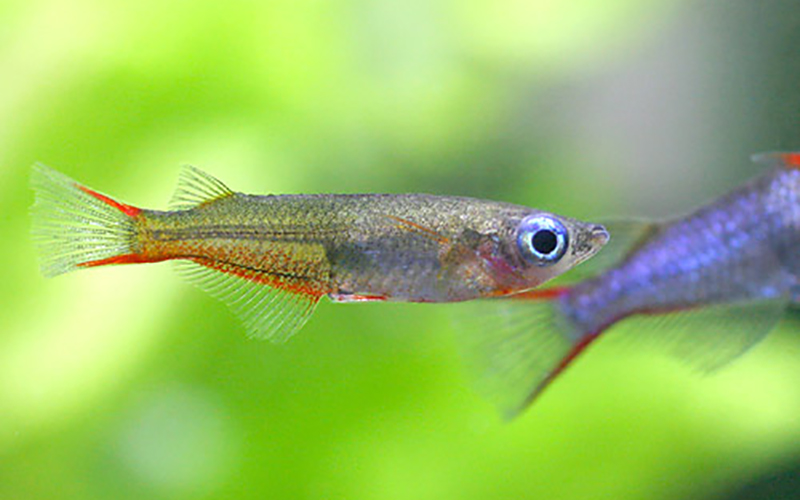
Oryzias wolae have a docile disposition. Therefore, if the breed with which they are mixed is territorial or aggressive, Oryzias wolae may be attacked, resulting in injury or even illness due to stress.Recommended species for mixing with Oryzias wolrae are small fish such as neon tetras, caracins, and red fin fish. When mixing with medium-sized tropical fish (angelfish, etc.), please make sure to provide a hiding place for the Oryzias wolae by adding water plants to prevent them from being chased and injuring themselves.
The neon tetra is a tropical fish in the family Carassinae, and is a beautiful fish with a blue glow from its head to its tail fin. In this article, I would like to explain in detail the characteristics of the Neon Tetra and how to keep it. What is a Neon Tetra?
The cardinal tetra is a tropical fish of the family Carassinae of the order Carassinae that lives in the Negro and Amazon rivers in South America. It is a beautiful fish with a blue glow from its head to its tail fin. In this article, I would like to explain in detail the characteristics of the Cardinal Tetra and how to keep it. [...].
The redfin is a tropical fish of the carp family Tanichthys, which is native to Baiyunshan in Guangzhou, China. Its body color is mainly silver-gray with a dark blue line from the back of the eye to the base of the tail fin. In this article, we will explain in detail the characteristics of the redfin and how to keep it [...].
Points about spawning
Many people who keep Oryzias wallae want to breed them. Breeding Oryzias wolae is relatively easy if you keep a large number of them in a tank. To distinguish between male and female Oryzias wolrae, males have a more vivid metallic blue body coloration and are relatively more beautiful. Females have slightly longer tail and dorsal fins with jagged tips than males. Therefore, it is easy to tell the difference between males and females by whether they are beautiful or not.Then, once you are sure that the male and female are well contained, the water plants are used to attach the eggs. Willow moss and lyssia are good breeding plants for Oryzias wallae. The eggs are very small, so check the surface of the aquatic plants daily, and if eggs are found, place them first in a separate tank from the adults. Once they hatch, it is important to feed them several times a day as you would any other tropical fish.
Many people who keep killifish want them to spawn. However, not many people know about spawning and what they need to do to prepare for it. This time, we would like to explain the method of spawning and the points to be noted [...].
If you have kept goldfish for a long time, you may want to try to breed them. However, if goldfish spawning is not done with care, there is a high possibility that the goldfish will weaken. In this article, I would like to explain in detail the method and precautions for spawning. The time of spawningThe time of spawning of goldfish is [...]
What to keep in mind when keeping Oryzias wallae.
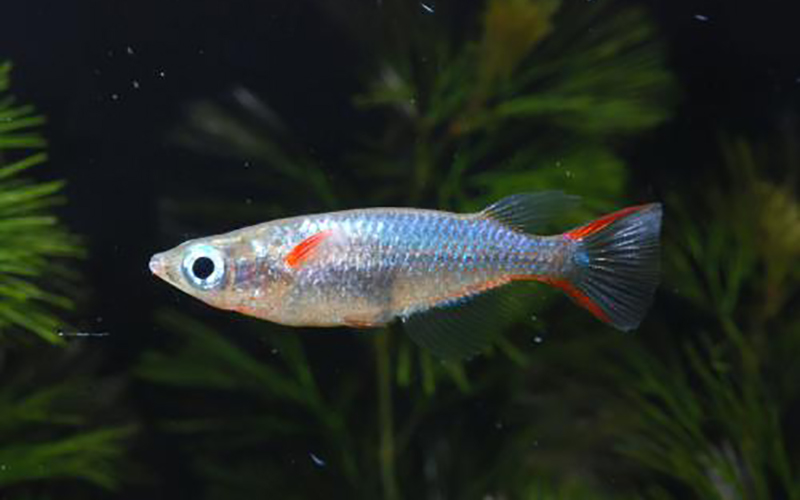
The Oryzias wolrae is recommended for its ease of mixing and breeding, but it is still a new breed that only began to be distributed around 2010, so its price tends to be higher than other small tropical fish because of the small number of specialty stores that handle it and the amount of distribution. Also, they are very sensitive to water quality, which makes them a bit difficult for beginners to handle.However, Oryzias waworae has beautiful body coloration not found in killifish or other varieties. Oryzias waworae is a very attractive species that is not inferior to other species, even when mixed with other species. If you have a chance to see Oryzias wolae in a specialty store, I highly recommend you to take a look.

